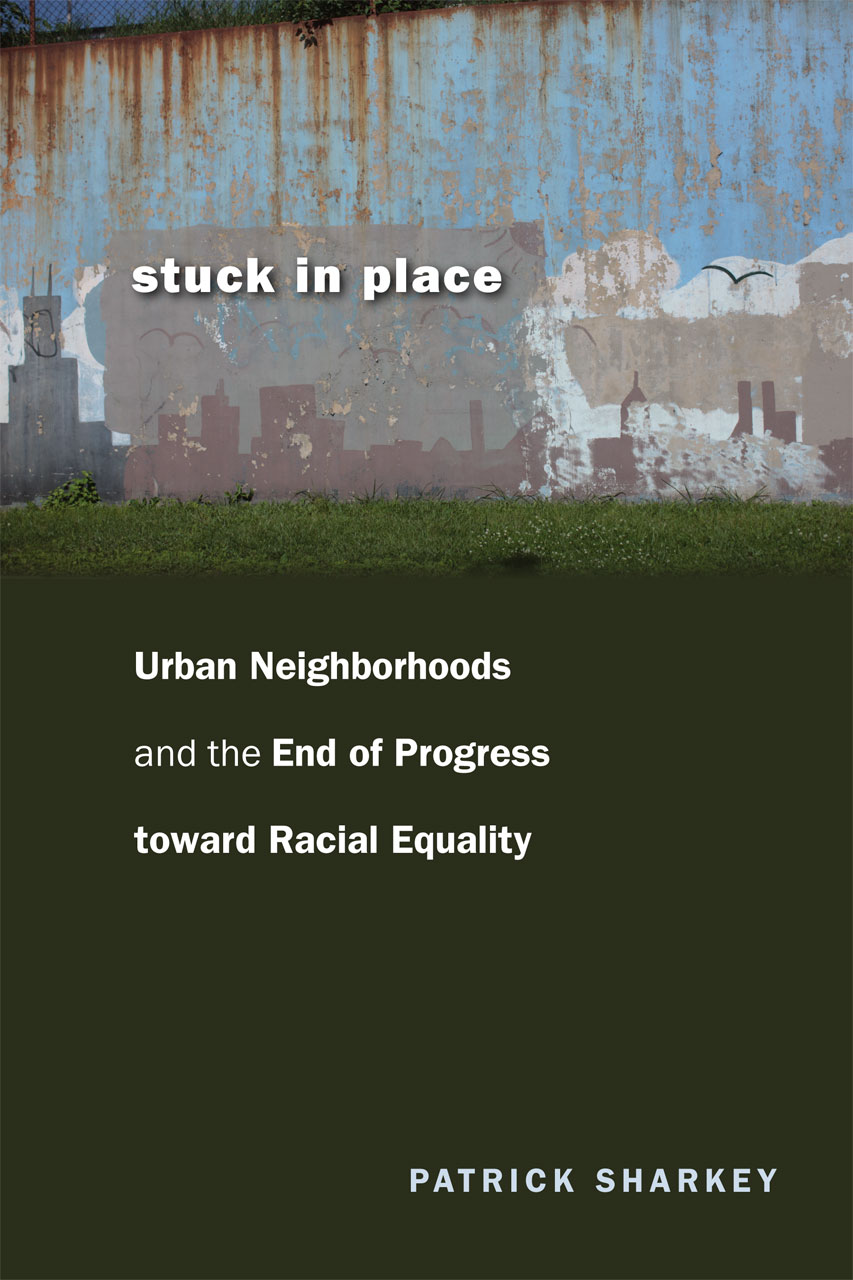
As reported by the New York Times, "The Urban Fire Next Time," by Patrick Sharkey, on 28 April 2013 -- FOR the past several years all the ingredients have been in place for an urban crisis. Unemployment has hovered above 15 percent in many of our most distressed cities. High-poverty neighborhoods have spread beyond cities and into the suburbs. The housing collapse has left large sections of communities boarded up.
And yet our cities have been relatively quiet. Crime remains at its lowest point since the early 1970s, public housing complexes have not fallen into disrepair, and large numbers of homeless people have not emerged on the streets.
I don’t mean to minimize the hardships faced by American families. But the downturn never made its way out of their homes and onto the streets. It has been labeled the Great Recession, but it could also be called the Private Recession.

Compare the current conditions in urban America with those in the early 1980s, when the nation saw a less severe recession, yet neighborhoods were deteriorating and violent crime was much higher. Cities were trying to overcome a range of economic and demographic transformations: the loss of manufacturing jobs, the migration of whites and middle-class minorities out of central city neighborhoods and declining tax revenues.
Meanwhile, cities saw their federal aid decline rapidly as the Reagan administration slashed programs like the Community Development Block Grant and public housing.
The consequences were predictable. Housing agencies were unable to maintain their complexes. Public schools crumbled, police forces were overwhelmed. Public transit deteriorated. It took two decades for many cities to recover.
There are many factors that help explain the difference between now and then, but I believe the primary one is the unpopular, $840 billion fiscal stimulus program in 2009, the American Reinvestment and Recovery Act.

Many of the largest and most important investments made by the “stimulus” went to institutions and organizations that were essential to functioning communities. Abandoned homes did not become hot spots for crime because almost $2 billion went to acquiring, renovating or demolishing them.
Class sizes did not swell and police officers did not disappear from city streets because stimulus money was used to stabilize state budgets, improve underperforming schools and rehire officers for community-oriented policing.
The question is, what comes next, now that the stimulus is over? A historical perspective on urban policy reveals a cycle in which periods of major investment are followed by periods of neglect, disinvestment and decline. This pattern is in the process of repeating.
The early days of the Obama administration saw the announcement of a White House Office of Urban Policy, the unveiling of several high-profile programs to invest in urban communities, and the passage of the stimulus. But the Office of Urban Policy never took off, programs like “Promise Neighborhoods” have been diluted by the political process, and the stimulus money has been spent. In the cycle of urban policy making, we are entering another period of neglect.
To end this cycle requires a shift in the federal approach to urban policy. Our nation’s cities and suburbs do not need more initiatives that are unveiled with fanfare and then abandoned a few years later. Urban communities and the institutions within them need a sustained commitment from the federal government, a durable policy agenda with the capacity to generate change in America’s most disadvantaged communities.

Such an agenda does not require a vast influx of new money, but it does mean a shift of priorities. For example, the growing segregation of the rich from the poor could be slowed by a federal effort to counter the practice of exclusionary zoning, which allows localities to exclude low-income residents by restricting the types of housing that can be built.
The risks associated with growing up in a high-poverty neighborhood could be mitigated if money being used to imprison our young people went instead to re-integrating former prisoners into society, bolstering connections between the police and community groups and maintaining clean streets and safe parks.
The shortage of affordable, high-quality housing could be addressed if federal money forfeited to the home mortgage interest deduction was instead used to expand the supply and improve the quality of affordable public and private housing.

The Recovery Act provided these types of investments to communities across the country. But almost four years later, joblessness has declined only slightly in many cities, and state tax revenues have only partially recovered.
With the impending cuts to housing, schools, and community organizations from the sequestration, vulnerable communities are in danger of falling apart. A sustained commitment to urban neighborhoods is necessary to end the erratic cycle of urban policy, and to avoid the next urban crisis. [source: The New York Times; Patrick Sharkey is an associate professor of sociology at New York University and the author of “Stuck in Place: Urban Neighborhoods and the End of Progress toward Racial Equality.”]

No comments:
Post a Comment